You are here
Ashgabad history
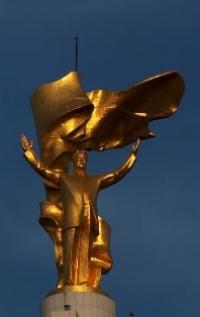
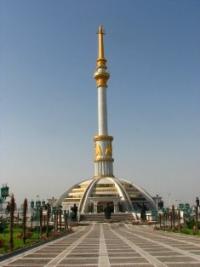
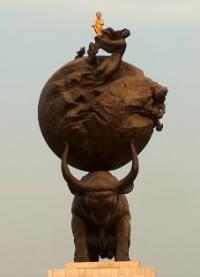
Historical excursions on Ashgabad.
“A people without the knowledge of their past history, origin and culture is like a tree without roots“
Marcus Garvey.
Turkmenistan - the most mysterious country in Central Asia.
Ashgabat is comparatively young in the modern comprehension. In the meantime, its prehistory is gone into ancient centuries and undoubtedly connected with the history of Turkmen nation, which ethnogenesis evidences of its ancient roots.
Occupying by municipal buildings of Ashgabat at present, fertile lands were settled in from times immemorial. The significant circumstances of these lands occupation were favorable conditions for transcontinental caravan trade.
Judging by archeological data, in the end of the 1st millennium BC Ashgabat settlements had already included into the tracing of Silk Route. Evidences of this anciency are antique Parthian ceramic objects (3rd millennium BC – 3rd millennium AD) found on the territory of the city and having supposed the existence of Arshakid settlements on this territory.
The famous Nissa and its magnificent ruins – are the most valuable sightseeing of Ashgabat outskirts. Rich Ancient Parthian collection of art discovered in Nissa is the pride of Main National Museum of the country.
In the beginning of XIXth century Teke Fortress was built on the territory of today's city and it was established Turkmen urban settlement called Ashkhabad. One of the most accepted meanings of the name Ashkhabad – is city of love.
Turkmen word «ashk» originates from Arabic and means «love», «abad» means «conveniently planned», «inhabited». It is used as endings of some towns’ names in Iran and Central Asia.
There is another meaning of root «ashk». It is also connected with Astarta – Goddess of fertility and love from ancient-oriental mythology, and with Parthian king Arshak I, called Ashk I in Armenian original sources.
And at last the most fantastic version in accordance with it Ashgabat is situated on the place of Asgard, the Kingdom of Gods-Ases from candinavian myths («Inglings Saga», «Younger Edda» by Snorry Sturluson).
By the way, the conception «city of love» has been tied in Turkmen Folklore with name of the city. According to the legend when Nurahmed governed Nissa and Pirahmed - Anau, daughter and son of these rulers fell in love with each other’s in spite of Allah's will.
They hid in the desert, but tormented by thirst came to the mountains, found the spring, wanted to quench the thirst but it dried up before their eyes. Loving couple moved on while they met a mountain stream, but it also run dry they just fell down the water.
Then the fellow began to dig in order to get subterranean springs. Having seen it Allah flew into a rage and sent Azrail – angel of death. However emissary couldn’t carry out his mission, having seen the girl he also became in love and forgot his assignment.
And then spring of such crystal purity as love itself gushed from the ground. They decided to settle near that wonderful spring. Those who heard this story also moved there to acquire the auspices of Azrail.
Origination of Ashkhabad city (ancient name of Ashgabat, located on Kese Arkach plain) can be dated at the turn of the XVIII - XIX centuries. Preconditions for reviving and developing of such settlements as Abiverd, Anau, Nissa, Durun, Gyzyl-Arvat, Mehin and etc. were appearing after the long-term political crisis and deep economical collapse in the Southern Turkmenistan. Ashkhabad was such settlement.
And there is no information about its topography of XIXth century. Just the document dated by 1850 year, has been preserved in archive of Russian Ministry of foreign affairs. It is the list of 43 Akhal Gala (fortifications) with Ishkhabad among them.
In 1871 the traveler Strebnitskiy stated that Askhabad conducted the trade with Khiva and Persia, local people were occupied by arable farming and gardening. He accounted over 4 thousand nomad tents, it means that the population of Askhabad was about 16 - 20 000 people.
In May 1881 Askhabad became administrative center of trans-Caspian region having already been the important advanced post. Town planning structures were laid at that time. In correspondence Askhabad fortification was named by town in1882.
Population of Askhabad town went beyond Tashkent – the center of large Turkestan land. Caravan Road from Khiva to Persia was laid through Askhabad. The first line of railway was driven in 1885, which reinforced transit meaning of trans-Caspian region.
The railway influenced the further growth of the town. In 1886 the population of Askhabad was about 10 000 people, streets were landscaped for improvement of microclimate in the town.
Public garden was laid in 1887 and more than 100 years it makes the city beautiful and is deservedly called the First Park. Simultaneously the other garden was laid near Officer Assembly (now the square bordered with Oguzkhan President Palace Complex).
The famous Russian writer Vasiliy Yan, served here in 1901 - 1904, wrote: “It was little tidy town consisting of numerous clay houses, surrounded by fruit gardens with straight streets, planted with slim cottonwood, chestnut and white acacia planned by the hand of military engineer.
Aryks (irrigation ditch) had been purling along the streets, separating the carriageway from pavement. The limpid water in aryks was flowing straight from mountains…» In 1905 the connections with Iran province Horasan became to expand.
Caravans of camels followed along Kuchan Road from Iran to Askhabad. They carried cotton, wool, dried fruit, almonds, pistachio, skin, carpets, morocco and other goods for sale; backwards they brought Russian manufacture, sugar, kerosene, mirror, marble, metal, tobacco and etc.
In 1915 there were about 68 enterprises in Ashkhabad (predominantly with rule-of-thumb methods of work) with total number of workers 200 - 300 people. The biggest enterprises were railway station, 3 printing establishments, electrical station, 3 cotton-cleaning, creamery, tanning, 35 brick-making plants.
Cast-iron-cupreous plant, confectionary plant, factories on wine, beer and sparkling water production were also opened for town up growth. There were also opened Askhabad epartments of Russian State Bank, of Persian Accounting-Loan Bank, Russian-Asian Bank, Sosyete Jeneral French Bank; and Askhabad unity of mutual credit began its work.
Foreign trade with Iran and Afghanistan, conducted through Askhabad encouraged local private owners of factories and other entrepreneurs to set here intermediary firms, transport bureaus, insurance company, representative agencies of trade and industry companies; to build storage accommodations, hotels, caravansaries and shops.
New stage of the town began in 1924 after Turkmen Soviet Social Republic entered the Soviet Union, in the result of national delimitation of Central Asia. And in 1925 Askhabad was renamed into Poltorats and proclaimed the capital of Turkmen Soviet Social Republic.
On April 7, 1927 the town returned its first historical name – Askhabad. At that time Askhabad was quite enough conveniently planned town. For the first time in 1930 the roads were covered by asphalt.
A little bit earlier public buses succeeded horse transport. Water supply had been ameliorated due to sources from Bagir and Gyami which were laid to town by water conduits and Askhabad River was enclosed into the pipe, channels of arryks were concreted.
Industrial enterprises, constructed during 1929 - 1937, defined the economical profile of the city and its specialization on light, food, building and metal-working industries. During 10 years the territory of the city almost redoubled broadening till 40 square km.
On October 6, 1948 at 1:17 after midnight Askhabad turned out in the epicenter of huge earthquake. The power of underground shakes reached till 9 - 10 magnitude on the Richter scale.
At dawn inhabitants perplexedly observed terrifying spectacle, instead of city people saw just trees and stone pipes of home stoves. It is impossible to find out the number of victims of that terrible catastrophe because of Stalin's regime, aimed to hide the truth.
Courage and self-possession of survived inhabitants, soldiers and officers of local garrison saved many people during the first days after the catastrophe, and that was the real truth.
Also quick and well-organized help came from Moscow, Baku, Tashkent, Almaty and other cities.
Nobody doubted that city should be revived. During next decades Askhabad became republican center of economy, science, education and culture; large traffic center due to transit railway, laid parallel highway Kransnovodsk (new name Turkmenbashi) - Askhabad - Chardjou (new name Turkmenabad).
Airways joint Askhabad with capitals of other union republics and big cities of Russia, health resorts of Caucasus and the Crimea. The opening of National Academy of Science (1951) lent significance to the capital.
Turkmen national University and some specialized higher schools, situated in Ashgabat provided republic by own specialists of various professions. Distinctive in its style and significance modern architectural face of Ashgabat city was formed in 50s – 60s years.
The new stage in the history of Ashgabat is connected with the declaration of independence of Turkmenistan. Ashgabat quickly and qualitatively transformed into another city, making rapid progress for creating full-fledged infrastructure and distinctly improving its appearance in some years.
Quite a lot unique and impressing architectural constructions embrace Ashgabat and its outskirts during short period of time, gaining interest of inhabitants and guests. Comparing old and renewed Ashgabat due to huge impulse – national revival of Turkmen people getting the state genuine independence, you can observe the city that revives again and again just like secular bird or Kaknus (according to Turkmen mythology).
Ashgabat gets new breath and according to many indications has been achieving the level of world standards; our President Gurbanguly Berdimuhamedov has done a great service for this.
It is the result of his political will, diplomacy, distinguished organizational skills, and permanent attention to the problems of the capital and, of course, to architecture. The love of each Ashgabat inhabitant to native city doesn’t leave his heart.
And it is huge earnest of success that the city in spite of any difficulties will overcome all obstacles and will confidently make a step into future.
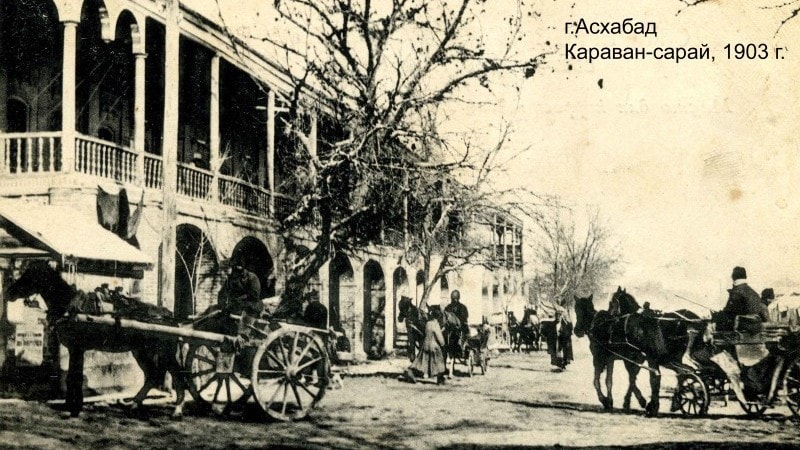
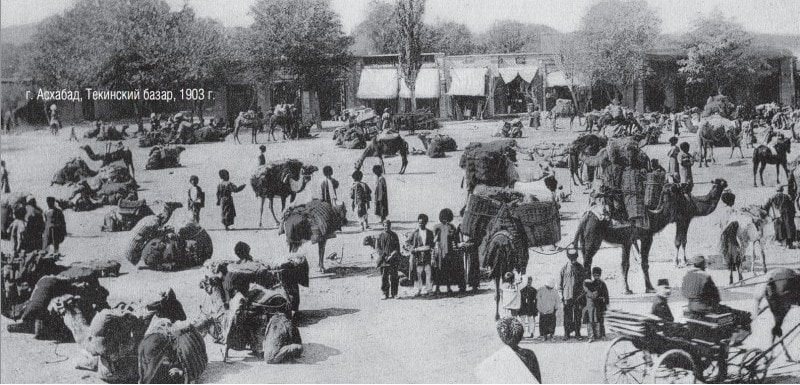

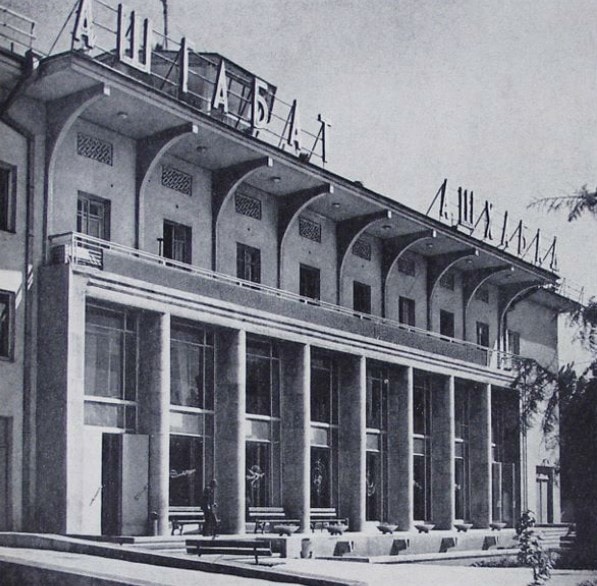
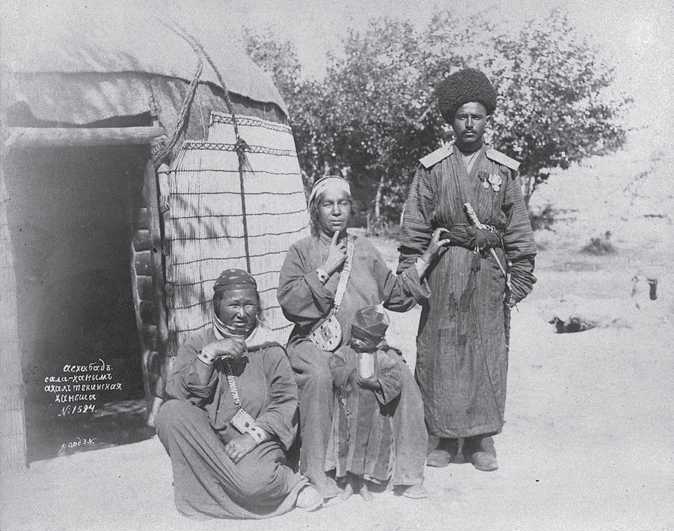
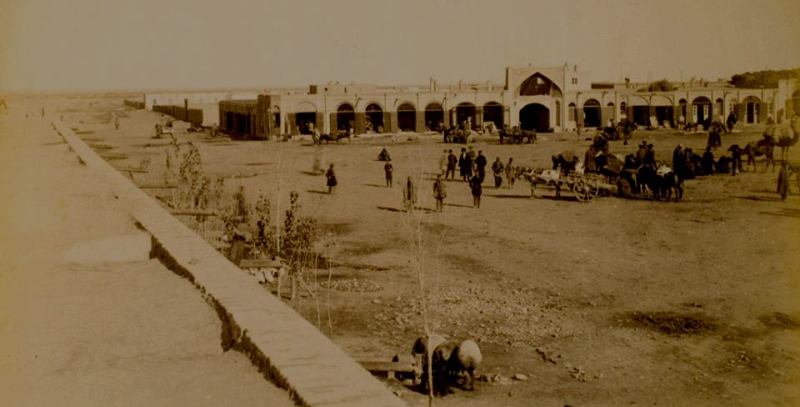
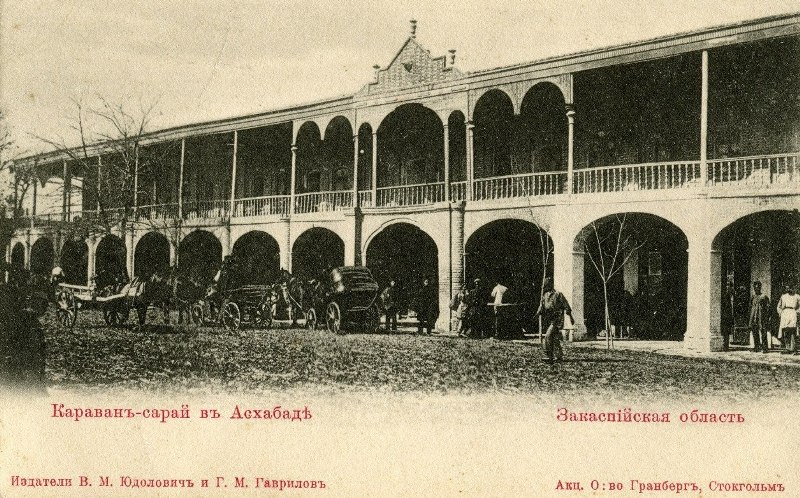
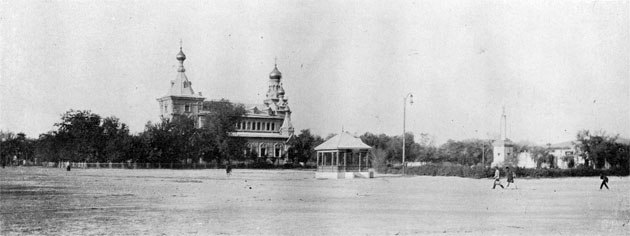
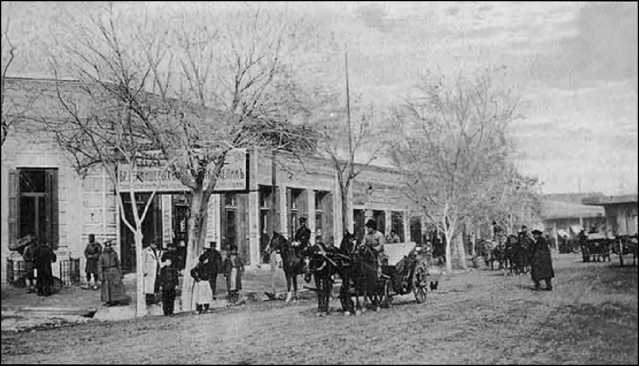
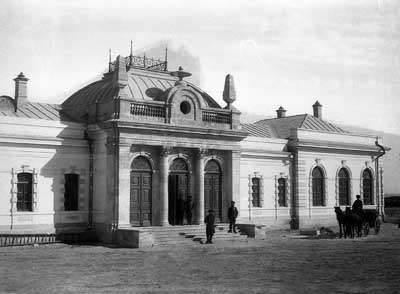
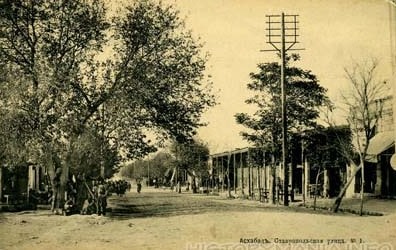
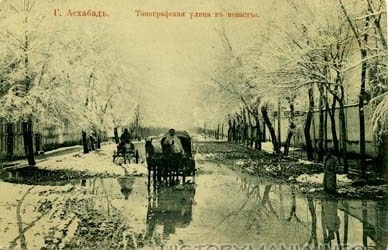
Authority:
http://ashgabat.gov.tm







